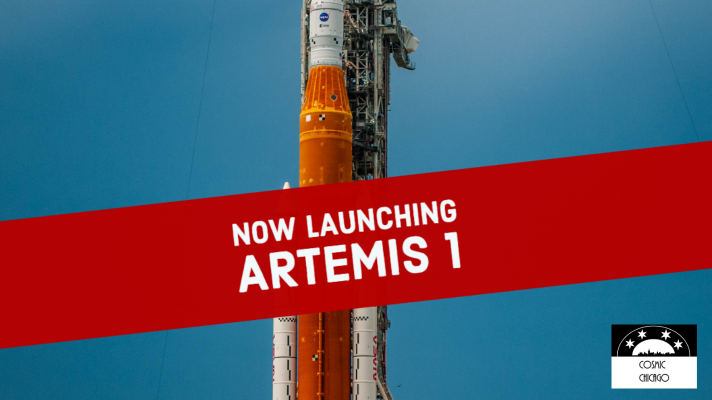NASA is ready to launch the Space Launch System and Orion as part of the Artemis I mission to return humans to the Moon. The Artemis I mission is an uncrewed test flight to certify SLS, Orion, and Deep Space Systems meant to safely support human deep space exploration. NASA plans to put the first woman and person of color on the Moon by 2024, and Artemis I is the first step to reaching this goal.
Artemis I is currently scheduled for launch from Kennedy Space Center on Wednesday, November 16th, at 12:04 a.m. CST. There is a two-hour window available for this launch opportunity.

Launch coverage will be provided by NASA on NASA TV and via livestream at nasa.gov/live beginning at 9:30 p.m. CST. NASA TV will also provide coverage of tanking operations with commentary starting at 2:30 p.m. CST.
NASA compiled a graphic showing visibility based on the current trajectory for those in the area. Depending on the weather, the launch of SLS should be visible from Savannah to Miami.

The mission goal is to send Orion to the Moon and back, reenter the Earth’s atmosphere, splash down in the Pacific Ocean, and carry out a successful recovery operation. The entire Artemis I mission will last just over twenty-five days, and Orion will travel over one million miles. This launch date will result in Orion splashing down on December 11th, 2022.
Related: Artemis I Explained: NASA’s Flight Test to the Moon
Orion is carrying science and tech payloads to space that will inform future missions. Ten CubeSats are bound for the Moon and deep space, including the first biology experiment to deep space. A new video communication system, Callisto, from Lockheed Martin will use Alexa, Webex by Cisco, and the Deep Space Network to demonstrate capabilities between the Orion spacecraft and Mission Control. And three passenger manikins will test survival suits and gather data about conditions astronauts can expect to endure on crewed missions.

